Name Ahmed Morsi | ||
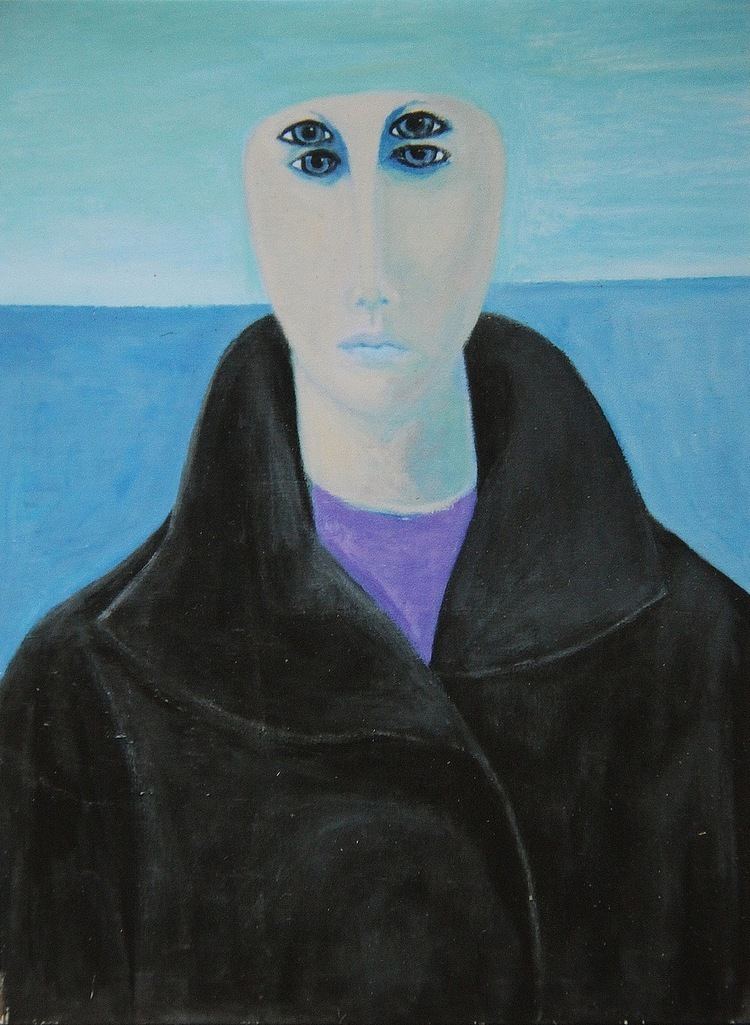 | ||
Showcase: Ahmed Morsi retrospective in Sharjah
Ahmed Morsi is an Egyptian artist, poet and critic.
Contents
- Showcase Ahmed Morsi retrospective in Sharjah
- Why safeguard ICH Answers from Egypt
- Early life
- Career
- Later life
- Among the Solo Shows Egypt
- Among the Solo Shows International
- Among the Group Shows
- Acquisitions
- Other activities
- The other face of creativity
- References
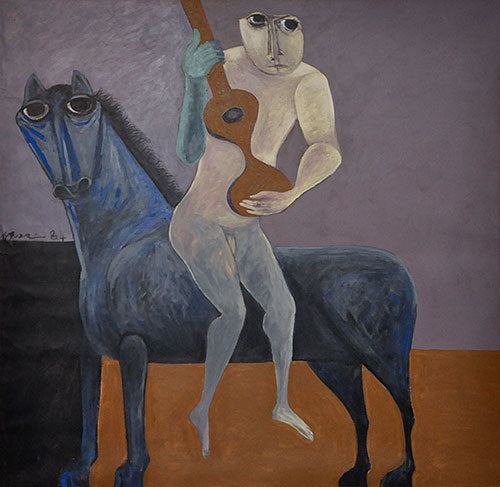
Why safeguard ICH? Answers from Egypt
Early life
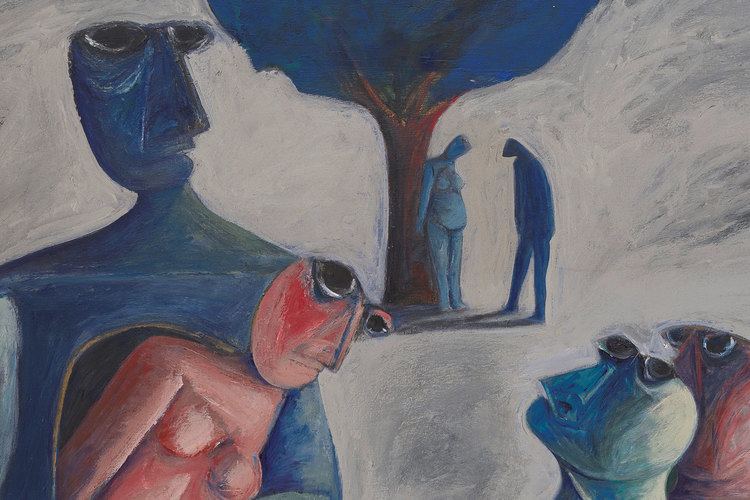
Morsi was born in Alexandria, Egypt in 1930. In 1954, he graduated from the University of Alexandria, Faculty of Arts with a major in English Literature. During the years 1952-53, he studied art in the studio of the Italian master Antonio Becci, whose former students included Seif Wanly, in Alexandria. Early on, Ahmed Morsi was initiated into Alexandria’s literary society as well as the city’s very own rising group of artists. By his early twenties, he was participating in group shows with Egypt’s most notable modern artists, including A Al Gazzar, H El Telmisani, I Massouda, F Kamel, H Nada and M Moussa. In 1949, he started writing poetry and developed this talent in parallel with his painting – publishing his first Diwan, “Songs of the Temples / Steps in Darkness” at the age of 19.
Career
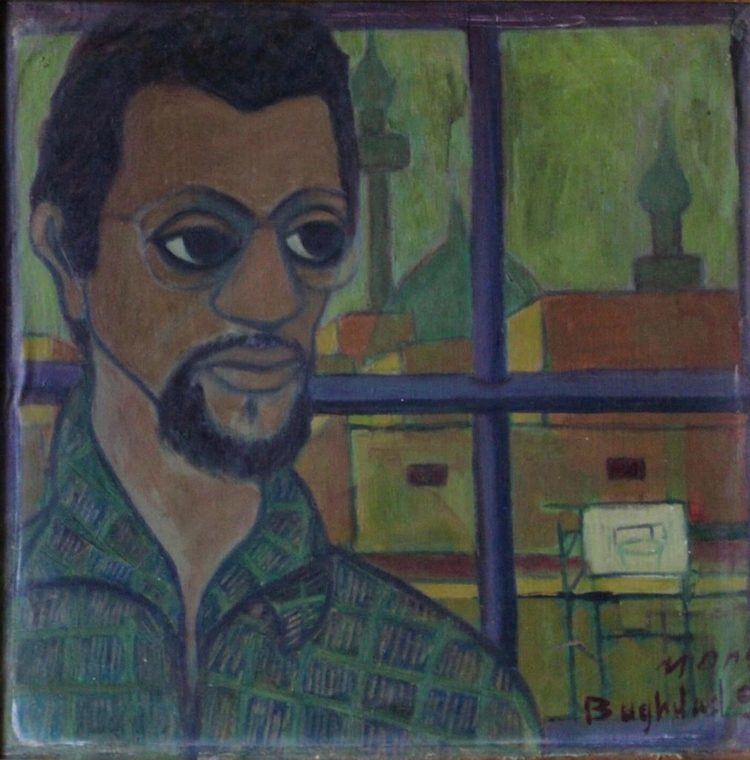
Morsi moved to Baghdad, Iraq in 1955, where he taught English to supplement his two-year stay. This was a time of a cultural renaissance in Iraq, when Baghdad was a center for the literati, the artists and the intellectuals. It was in Baghdad that he developed a friendship and a working relationship with several Iraqi writers and painters, among them Abdel Wahab Al Bayati, Fuad Al Takarli and Ardash Kakavian; and these relationships continued to produce noteworthy creative cooperation as well as lifelong friendships throughout the coming decades.
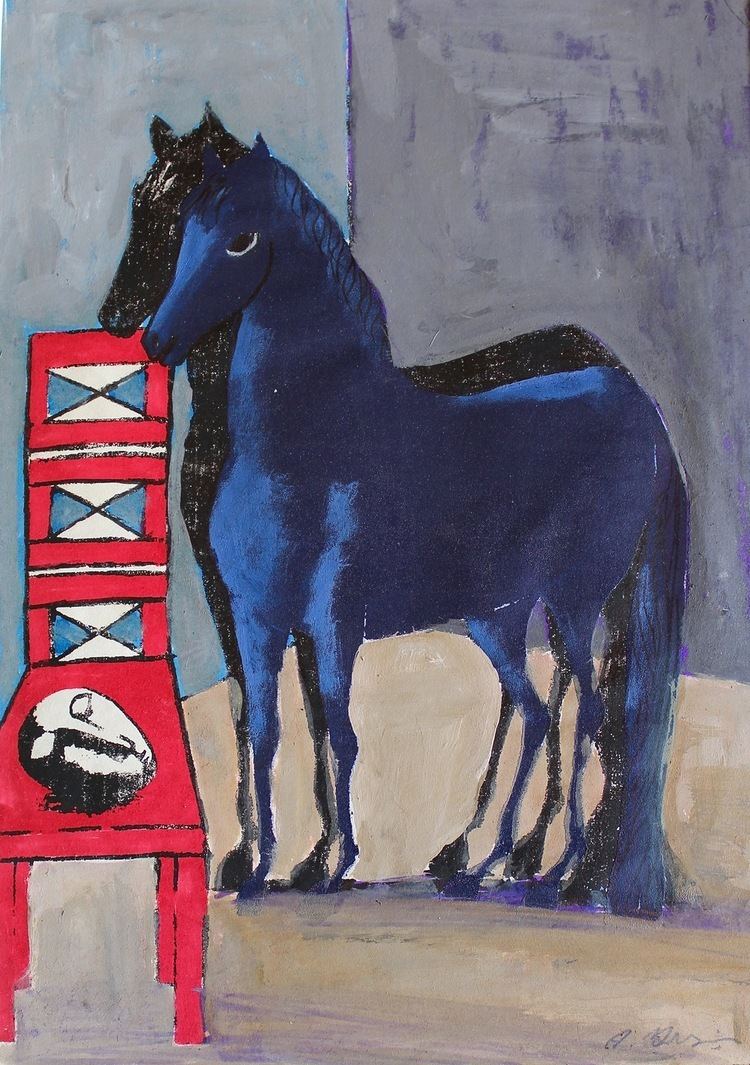
Returning to Egypt, he moved to Cairo in 1957. In these years, Ahmed Morsi was the first Egyptian to work alongside Egypt’s acclaimed playwrights, Alfred Farag, Abdel Rahman Al Sharkawi, designing stage sets and costumes for The National Theater at the original, Khedieval, Cairo Opera House – art forms that had until then previously been relegated only to Italian designers. He also partnered with Abdel Hadi Al Algazzar and co-designed stage sets for an American play at the Cairo Opera House. Other projects with Al Gazzar included a book of Morsi’s poetry alongside Al Gazzar’s drawings. The book was never published due to Al Gazzar’s untimely passing, however the poetry/drawings live on. In 1968, he co-founded the avant-garde magazine “Gallery ‘68” with Edwar Al Kharrat, Ibrahim Mansour, Gamil Atteya, Sayed Hegab and others. This publication immediately became Egypt’s most reputable source as the voice of the new modernism. With these years began the Artist’s journey into the world of criticism, publishing critiques on both art and literature, both of which remaining intimate domains. He wrote two items for Grand Larousse Encyclopedia (1975); “Art in Egypt” and “Art in Iraq”. Again the pioneer, Ahmed Morsi introduced a new creative vehicle to the art public in Egypt with his 1995 show: “The Artist’s Book”. Following his exhibition, a new Biennial, The Artist’s Book, was created in Alexandria.
Later life
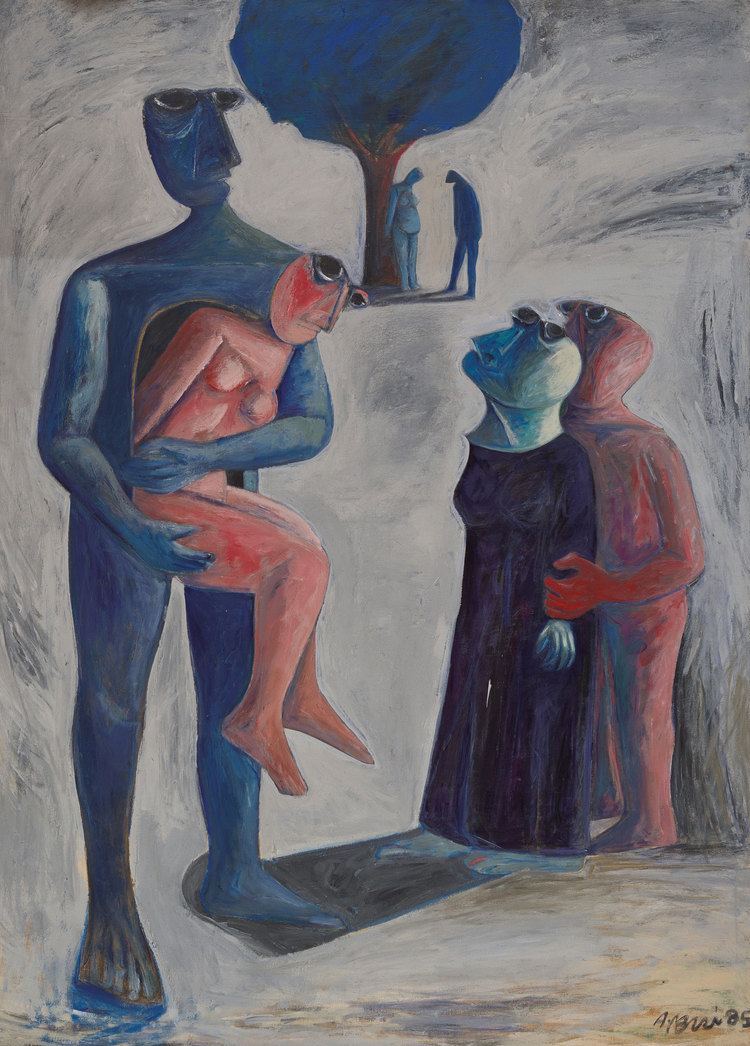
In 1974, Ahmed Morsi moved to New York City, where he continues to paint, write and critique from his Manhattan home. In 1976, like many artists residing in the NYC area, he took up the art of lithography at The New School and added yet another dimension to his creative tools and in the last 20 years, the Artist embraced photography – the last art form to be included in Ahmed Morsi’s extensive palette.
Among the Solo Shows – Egypt
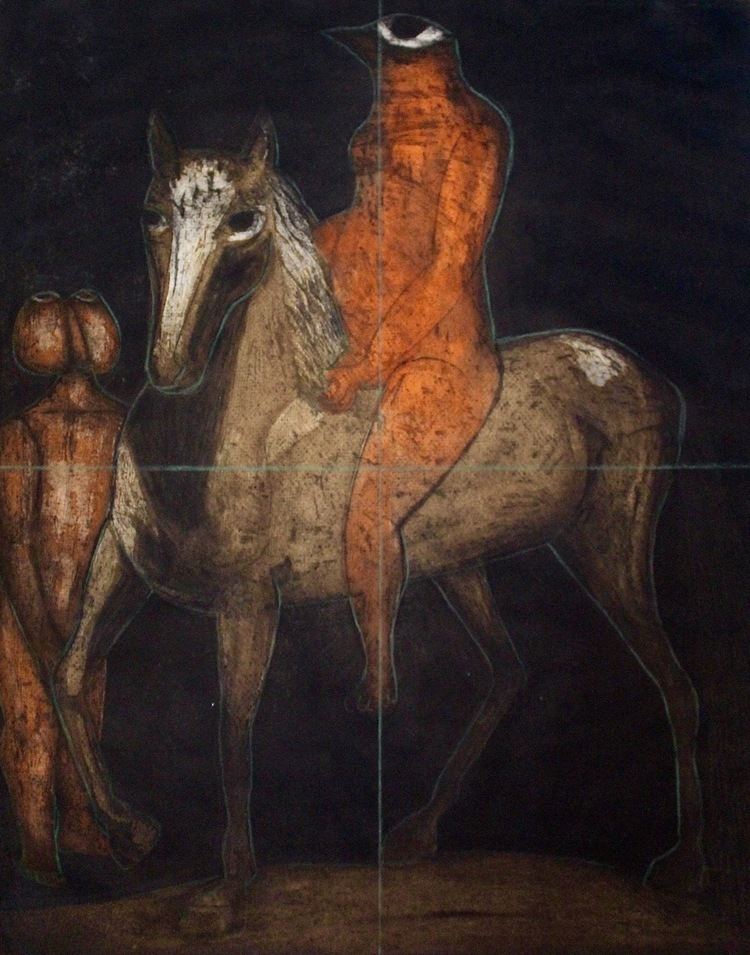
Among the Solo Shows – International
Among the Group Shows
sculptor M Moussa at the Societe d’Alliance Francaise - Alexandria
Art and Cultural Center - Alexandria
Hilmi El Tuni at Ebdaa Art Gallery - Cairo
Acquisitions
Other activities
- Designed stage sets and costumes for the first play written by Alfred Farag, “The Fall of the Pharaoh” - Co-designed with Abdel Hadi Al Gazzar settings for the American play “Revolt of the Dead” - Designed stag sets for the first play written by Abdel Rahman Al Sharkawi, “The Tragedy of Jamila Bohreid”
Library established a Biennial solely for this new creative vehicle, “The Artist’s Book”
The other face of creativity
program “Culture News Around the World”
Maaret Bookshop - Beirut
- Beirut
Atteya and Sayed Hegab – which played a pivotal role in developing the new-modernism of Arabic literature
- The Iraqi Ministry of Culture published his book, “Picasso” - Translated “A View from a Bridge” by Arthur Miller, which translation and play was staged in the 1970s by The National Theater
- The League of Books published his book, “Contemporary American Poetry III” - The Supreme Council of Culture published his book, “American Contemporary Art”
